Emily Binder interviews Phoebe Ohayon, an Audio Branding Strategist and Audio Designer in Amsterdam with a background in audio engineering and branding. Phoebe helps brands prepare for a sound and voice-activated future. With her voice-first audio branding approach, she helps brands and companies who are creating voice experiences and want to use the power of audio (voice, music, and sound) to design the best customer experiences.
Topics:
1:53 Audio design and strategy for voice technology / voice assistants
3:00 How to start with sonic branding - research is first: brand orientation session
4:20 From auditory perspective, perception matters for brands who will communicate with voice more as time passes
4:55 Where do you start with creating brand voice?
8:30 Emotional impact and perception of brand
8:50 Even programming the sound of “Hello” is complicated
9:50 Customer-first design
9:55 Design bias (Apple Health app initially lacked menstrual tracker)
10:20 Inclusive design - VUI has an opportunity
10:34 Confirmation sounds vary by nationality and auditory history
10:55 MasterCard’s new audio logo is internationally sensitive
12:10 Auping bedtime skill on Google Actions
13:25 Create a coherent strategy for all touch points to create brand preference and trust
Upcoming Event:
Join us at VOICE Summit 2019! Phoebe Ohayon, Audrey Arbeeny, and Emily Binder speak July 25, 2019 on the Sonic Branding panel. See more: Emily Binder - Speaking.
Mentioned:
More about Auping Bedtime Skill (Google Action - Dutch version):
On October 24, Google launches the Dutch version of voice assistant Google Home. For this smart speaker, which can instruct the user and ask questions, Dutch bed manufacturer Auping developed a so-called 'Google Action'. Auping has developed this Google Action together with voice specialists from Mindshare and Greenhouse Group Conversational .
The soundscape
The story is being narrated by Birgit Schuurman, a famous Dutch actress and singer, who also narrated the Auping commercial. Not only did this create a great connection to the commercial, but she also turned out to be a great fit for this story. A warm and pleasant voice, perfect for narrating a children's story.
-https://www.themarketingtechnologist.co/auping-bedtime-story/
Connect with Phoebe Ohayon:
Please review!
Enjoy this show? Please leave a review and let us know how we’re doing!
Click here: Review on Apple Podcasts
(How to rate and review: On desktop, open this link, then click “Listen on Apple Podcasts”, launch in iTunes, then click “Ratings and Reviews” under the title. Add stars and/or text. Thank you!)













